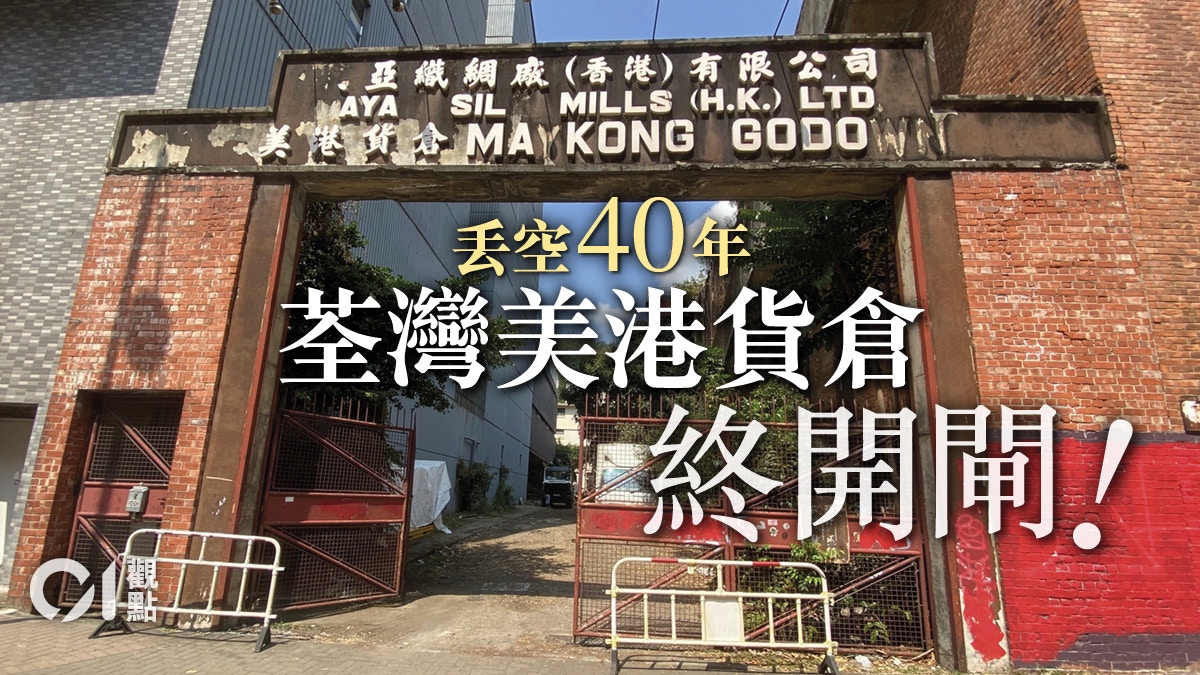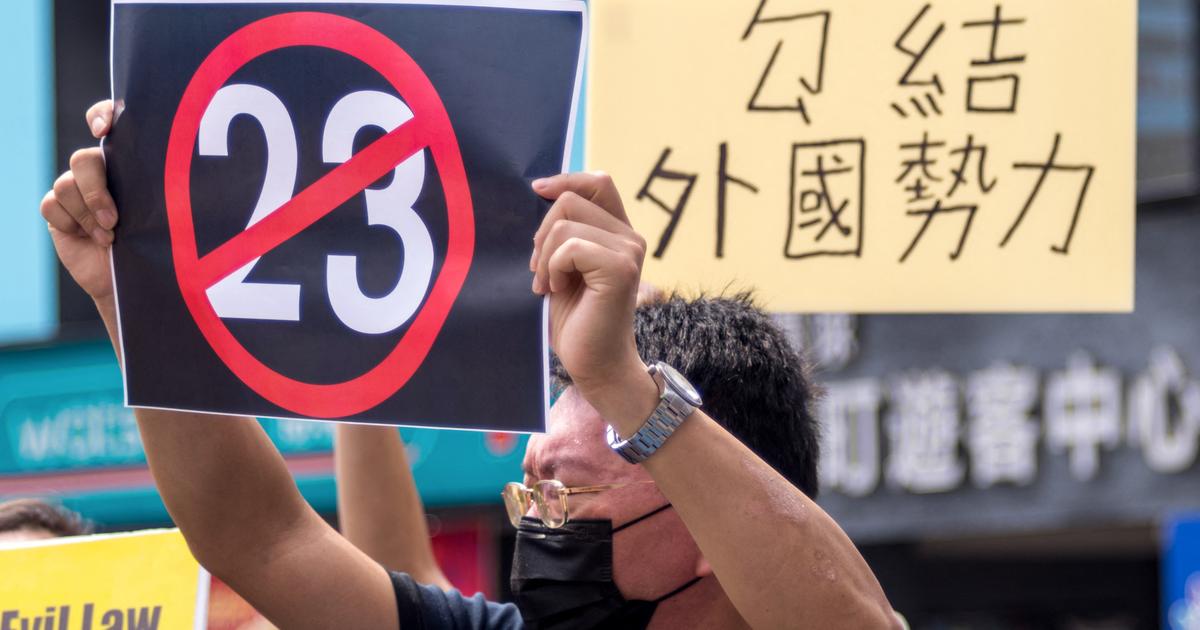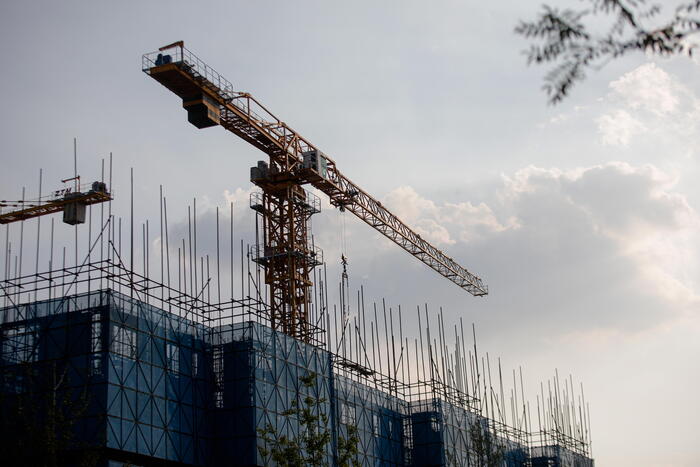01 view
Written by: Commentary Editing Room
2021-03-17 12:00
Last update date: 2021-03-17 12:00
The Tsuen Wan Meigang warehouse, which had been idle for more than 40 years, suddenly opened its gates, and trucks were used to remove the warehouse sundries.
Residents and office workers expressed their curiosity about this, and they wondered whether the warehouse and land would be rebuilt. The district councillors worried that this characteristic red brick building would face the risk of demolition.
In recent years, the government has repeatedly stated that it needs to make good use of precious land. However, in the case of the U.S. and Hong Kong warehouses, it can be seen that the government does not take the initiative to contact the owners of vacant properties to understand why they are willing to leave their buildings empty for many years and not allow them to be used for other purposes, let alone encourage them. The owners are looking for new outlets for buildings and land.
Tsai Shengbai, the owner of the US-Hong Kong warehouse, came to Hong Kong from the Mainland after World War II and established a US-Hong Kong silk factory and warehouse in Tsuen Wan.
After Cai Shengbai's death in the late 1970s, the warehouse remained vacant.
Although the warehouse witnessed the take-off of Hong Kong’s post-war light industry, the appearance of the building is also quite distinctive, which can be said to contain a certain historical significance, and is currently awaiting the rating of the Antiquities Advisory Committee, but its value is similar to the Jingxianli Mansion and the first-class building in Gantang I am afraid that there is still a distance, so it is not without difficulty for the government to purchase, propose a land exchange or prohibit the owner from changing the use of the building.
The government should not let prime areas "basking in the sun"
Even so, the government should not allow buildings in prime locations like the United States and Hong Kong to be left empty for many years.
The warehouse is located in the urban area of Tsuen Wan, and the neighboring factories have long been transformed into commercial buildings and residential buildings.
From an economic or community perspective, it is a waste of many years that the area has been dusty.
Perhaps the government thinks that the policy of revitalizing industrial buildings has given local owners of industrial buildings attractive enough to apply for renovation. Many real estate developers have also turned their warehouses into residential or commercial buildings by paying premiums. However, this assumption does not seem to be applied to the United States and Hong Kong Warehouse, because the owner has not been tempted by the profit after demolition and reconstruction for a long time.
In business, the cost of renovating old factories is expensive, and it is difficult to expect a short-term return on the rental income of shops.
Having said that, not all owners of the factories look to the money. The Nanfeng Yarn Factory, not far from the warehouses in the United States and Hong Kong, focuses on the promotion of cultural and creative industries.
Take the red brick house in the US and Hong Kong as an example. If it is slightly renovated, it will not be difficult to become another cultural and creative base.
The Speicherstadt area of Hamburg, Germany, is filled with warehouses made of red brick houses. By the early 2000s, coffee shops, museums, advertising agencies, fashion shops, and art studios were stationed in the area, making the area a famous tourist attraction .
Of course, this depends on whether the owner values the social goal of operating the factory.
The government cannot allow buildings in prime locations like the United States and Hong Kong to be left empty for many years.
The warehouse is located in the urban area of Tsuen Wan, and the neighboring factories have long been transformed into commercial buildings and residential buildings.
From an economic or community perspective, it is a waste of many years that the area has been dusty.
(Photo by Zeng Fengting)
Proactively contact the owner in the morning
In addition to demolition and reconstruction plans, there are other feasible options to re-use the warehouse land, such as allowing the community to borrow venues for events.
As early as 2012, the cultural and artistic circles proposed to hold concerts in the US and Hong Kong warehouses, but unfortunately they did not take action.
If the building can eventually transform into a new community cultural facility, I believe it can add cultural flavor to Tsuen Wan.
The issue of the United States and Hong Kong is not only the issue of Tsuen Wan District, it has revealed a major problem in the use of land resources in Hong Kong, especially in the urban area.
The Rating and Valuation Department has always collected data on the vacancy of warehouses or factory buildings. It should be known that the warehouses in the United States and Hong Kong have been vacant for a long time. As for other government departments, they can also actively contact the owners through the contact method published by the silk weaving factory in the TDC. Inquire about the reasons for idle land and workshops, and explore the possibility of cooperation in planning and development.
It can be seen that the lack of attention to the relevant situation is only due to the negligence of various departments.
In order to deepen the understanding of the vacancy situation of similar non-residential buildings in Hong Kong and the considerations of relevant owners, the government should strengthen the compilation of idle land and building data in various districts, and take the initiative to contact the responsible persons and district organizations to discuss the best use.
"Fresh Dance School 3" reflects the problem of revitalization of industrial buildings, community reconstruction should take cultural development into consideration
The Fotan Industrial Building is suspected to be able to do it just by setting up an incorporated corporation?
Sub-districts of industrial buildings lead to fires, resettlement and ban should be carried out gradually
Tsuen Wan Revitalization of Industrial Building Land Problem Land Use 01 Viewpoint



/cloudfront-eu-central-1.images.arcpublishing.com/prisa/3I74UEXLYRBBRPGPSGWNN6WXH4.jpg)








/cloudfront-eu-central-1.images.arcpublishing.com/prisa/B7F2F3HZ2JCUHDZJKAGKAXXPSU.jpg)